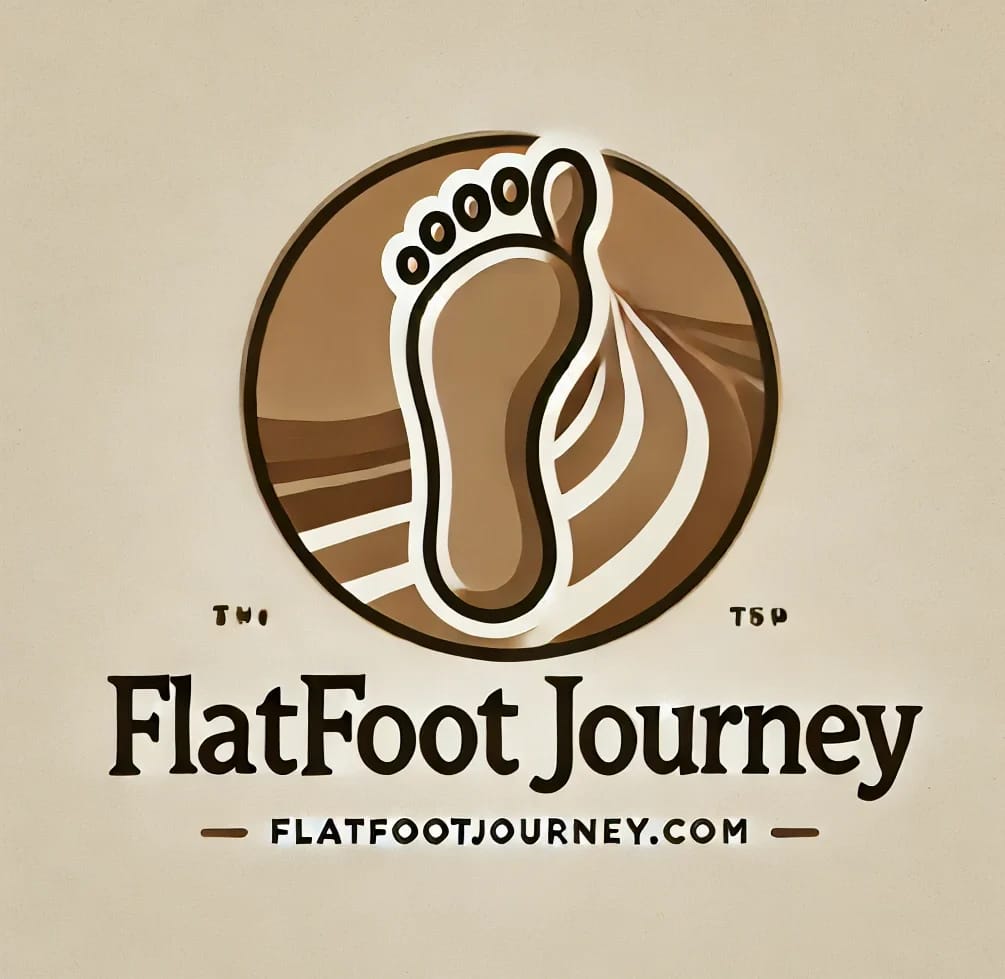What Are Flat Feet?
Flat feet, also known as fallen arches, happen when the arch on the inside of your foot is flattened, letting the whole sole touch the ground. Some people are born with them, while others develop them over time from wear and tear, an injury, or a common issue where the main supporting tendon in the ankle gets weak. As someone with flat feet, I know how this can impact daily life, from walking to standing for long periods. Understanding flat feet is the first step to managing them and feeling better.
On the other end of the spectrum, some people have high arches (pes cavus). Instead of the arch flattening, theirs is raised too high. This can also cause pain and balance issues. For a detailed comparison, check out my post on High Arches vs Flat Feet.
How Do Flat Feet Affect You?
Flat feet can cause a range of issues that go beyond your feet:
· Foot Pain: Without that natural arch support, your muscles and ligaments have to work harder, leading to aches after long walks (like I’ve experienced after a day out!).
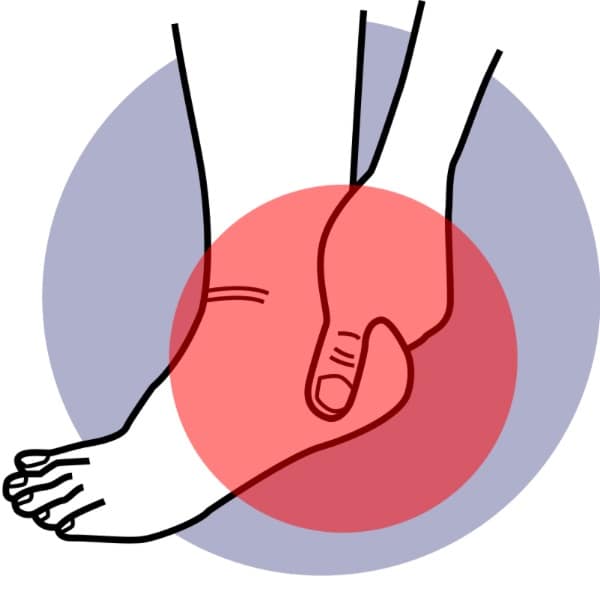
· Knee and Back Problems: When your feet are flat, it can throw your whole leg and spine out of alignment. This puts extra stress on your knees, hips, and lower back. In fact, studies show a strong link between flat feet and knee pain from this imbalance.
· Fatigue and Balance Issues: Your arch acts like a natural shock absorber. Without it, standing or walking can be more tiring and might even affect your balance.
· Increased Risks: You might be more likely to get other common foot problems like bunions, plantar fasciitis (a sharp heel pain), or even pain in your shins or the back of your ankle.
How Can You Manage Flat Feet?
The good news is that flat feet are totally manageable with the right approach. Here’s how to improve your comfort and mobility:
· Supportive Footwear: This is the easiest fix. Look for shoes with strong arch support and stability. I’ve always had a soft spot for New Balance—they’ve been a game changer for me personally. Models like the New Balance 860 gave me the support I needed without sacrificing comfort, and honestly, they helped me get through long days without that heavy, dragging feeling in my feet. Other solid options include Brooks Adrenaline GTS.
· Orthotic Insoles: Slip-in arch supports can make a world of difference. You can find good over-the-counter options like Superfeet Green, or get custom-made ones if needed.
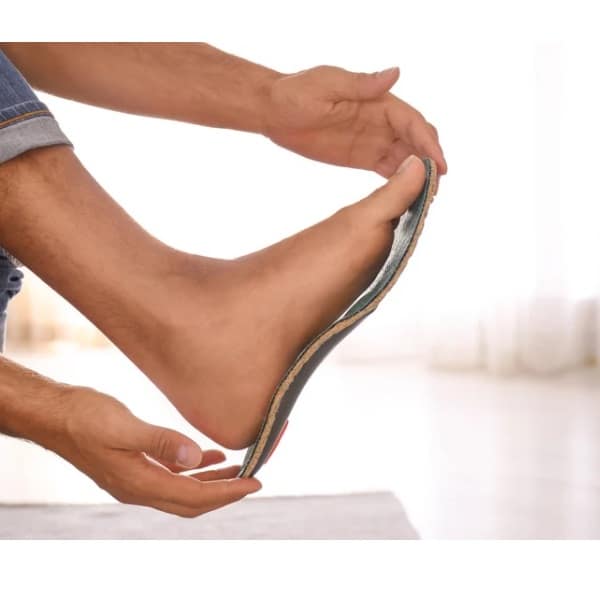
· Strengthening Exercises: Try these two simple exercises daily to build up your foot muscles:
· Toe Curls: Curl your toes under for 5 seconds, release, and repeat 10 times.
· Arch Lifts: Stand barefoot. Try to shorten your foot by pulling the ball of your foot toward your heel without curling your toes. Keep your toes and heels on the ground, hold for 3 seconds, and do 10 reps.
· Yoga & Balance Training: Yoga has been one of my quiet helpers. Poses like Tree Pose and Downward Dog strengthen the feet, improve balance, and keep my posture in check.
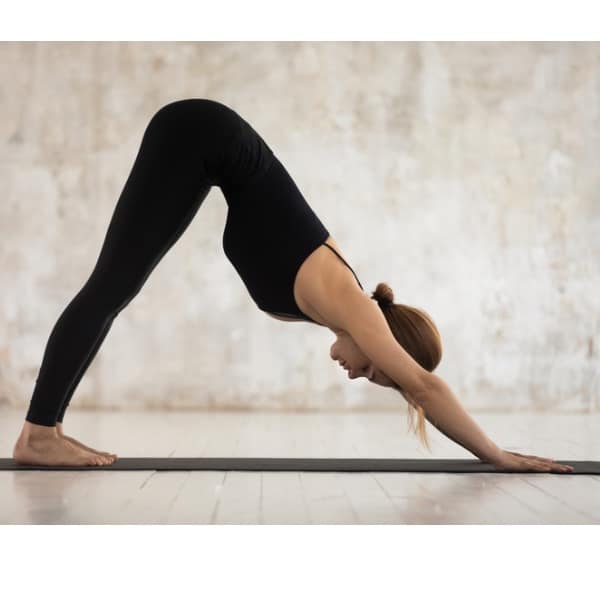
Cold & Heat Therapy
When foot pain flares up, the right temperature treatment can make all the difference. For me, the cooling effect of ice massage was heavenly—it instantly calmed the burning and gave me relief.
Ice is great for flare-ups and swelling, while heat can help relax tight muscles and ease soreness. I’ll be sharing a detailed post soon all about how to use cold and heat therapy (plus my personal foot soak and massage routine), so stay tuned!
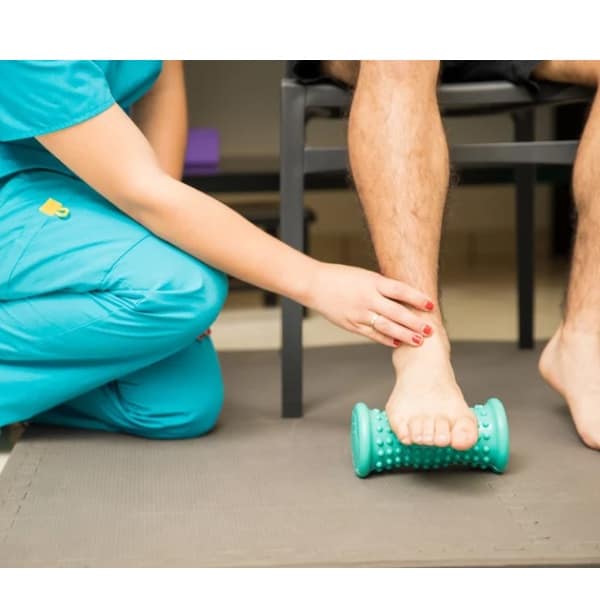
· Lifestyle Tips: Keeping a healthy weight reduces strain on your feet, and try to avoid standing still on hard surfaces for too long.
When to See a Doctor
If your foot pain is constant, gets worse, or starts to limit your daily activities, it’s a good idea to see a foot doctor (a podiatrist). They can recommend stronger solutions like physical therapy or custom orthotics. In very rare and severe cases, surgery might be an option, but early action usually prevents things from getting to that point.
Join the Flat Foot Journey
You’re not alone—millions live with flat feet (and many with high arches too). I’m building a community at FlatFootJourney.com where we can share solutions, tips, and product reviews. Join me and let’s learn together!
What’s your go-to shoe or exercise for your foot type? I’d love to hear—personally, New Balance has been my lifesaver, but I know we all have different favorites. Share yours in the comments below and tag a friend who needs help!
